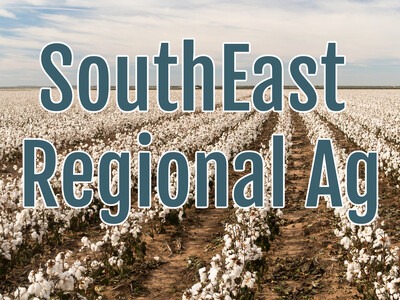Wildfire Risk Remains
Wildfire Risk RemainsAs you know - wildfires are still one of the biggest threats to those of us in farming and ranching.
While some states are already getting into the rainy and cold season, there are others that are still very much dealing with wildfire season. The USDA's Brad Rippey explains - wildfire risk remains.
For the first time in its 110-year history, the Forest Service, part of USDA, is spending more than 50 percent of its budget to suppress the nation's wildfires. Today, fire seasons are 78 days longer than in the 1970s. Since 2000, at least 10 states have had their largest fires on record. This year, there have been more than 46,000 fires. Increasing development near forest boundaries also drives up costs, as more than 46 million homes and more than 70,000 communities are at risk from wildfire in the United States.
The Forest Service and its partners suppress more than 98 percent of wildfires on initial attack, keeping unwanted fires small and costs down. However, the few fires that cannot be suppressed during the initial stages run the risk of becoming much larger. At the National Interagency Fire Center, located in Boise, Idaho, firefighting experts and managers from multiple government agencies continuously monitor fire activity, weather and fuel conditions while strategically positioning Federal, state, and local firefighters, ground equipment and aircraft to support wildfires across the country as the season shifts.













